MSA HUB User manual
Other MSA Safety Equipment manuals
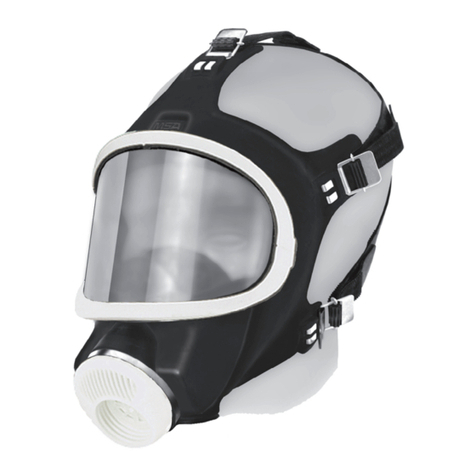
MSA
MSA AUER 3S-Basis Plus User manual

MSA
MSA SavOx User manual

MSA
MSA G1 PremAire User manual
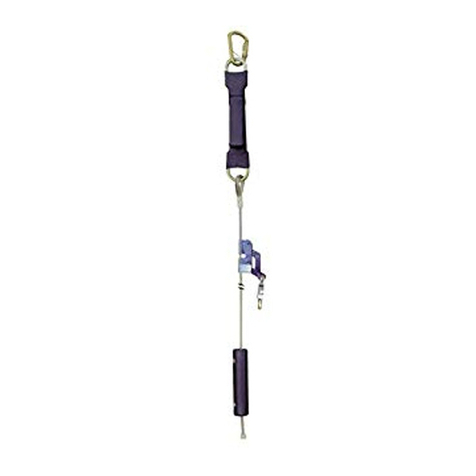
MSA
MSA Sure-Climb SFPLS350 Series User manual

MSA
MSA M1 Installation guide
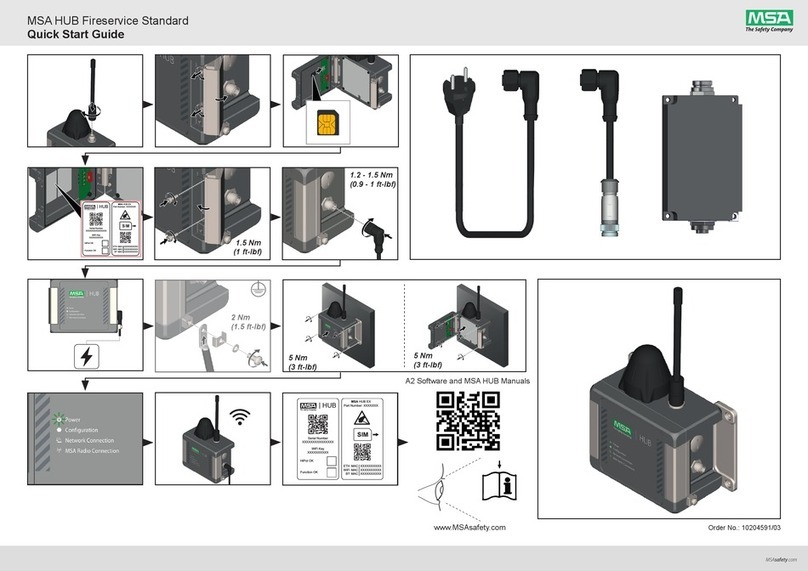
MSA
MSA HUB Fireservice Standard User manual

MSA
MSA V-GARD 900 Series User manual
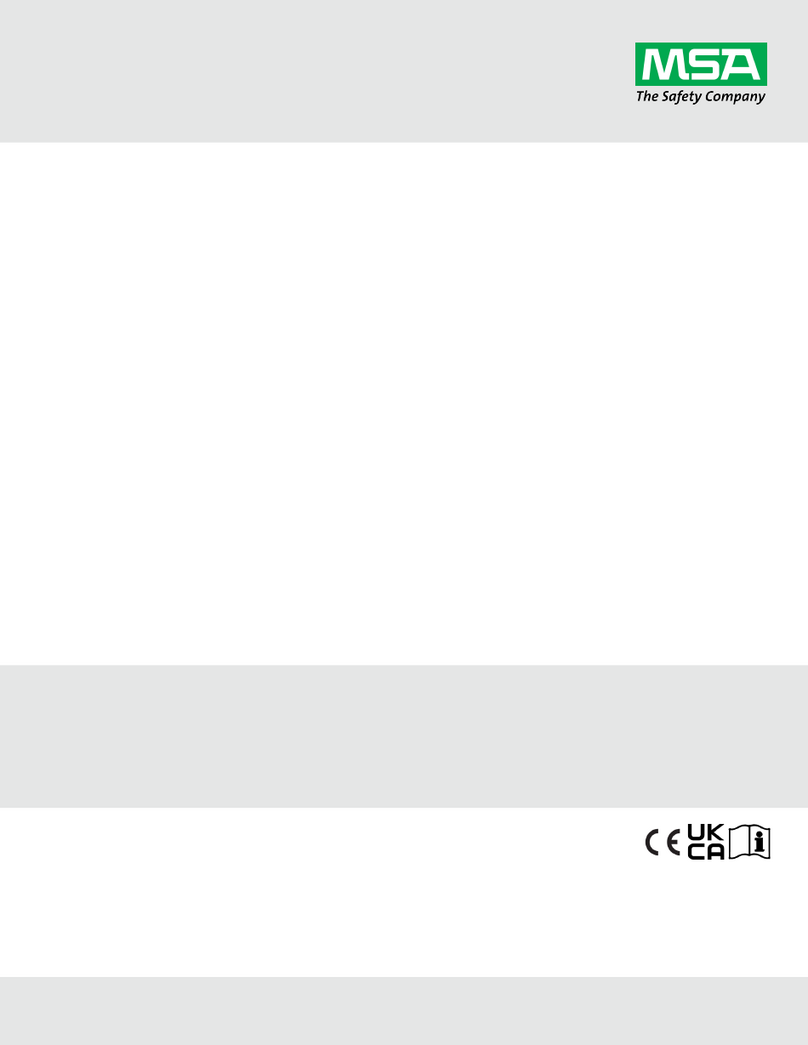
MSA
MSA General Monitors FL4000H User manual

MSA
MSA PrimaX IR User manual
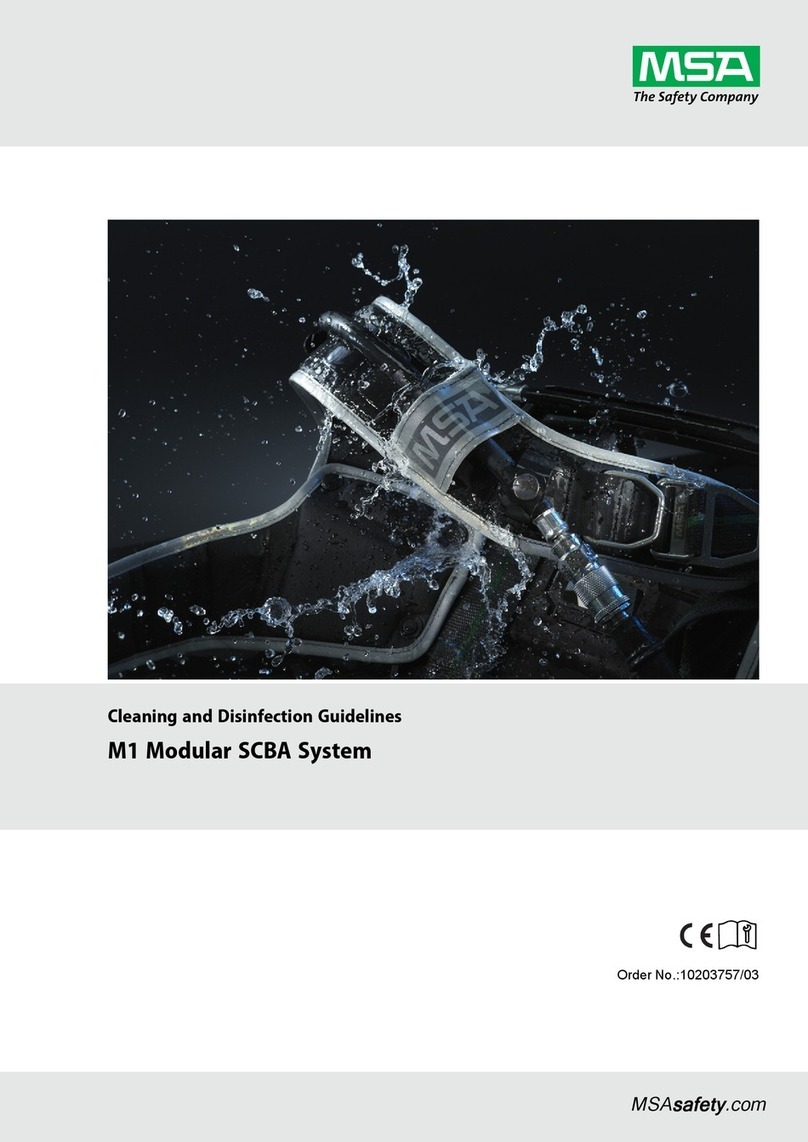
MSA
MSA M1 User manual
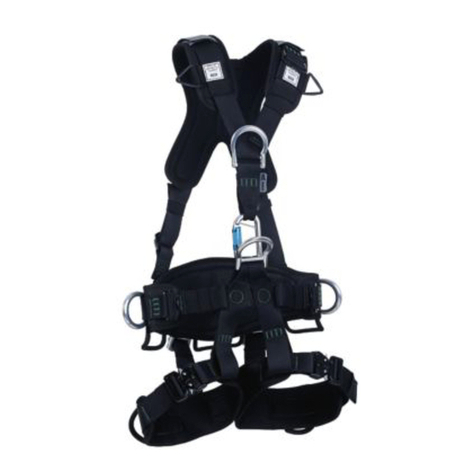
MSA
MSA Gravity User manual
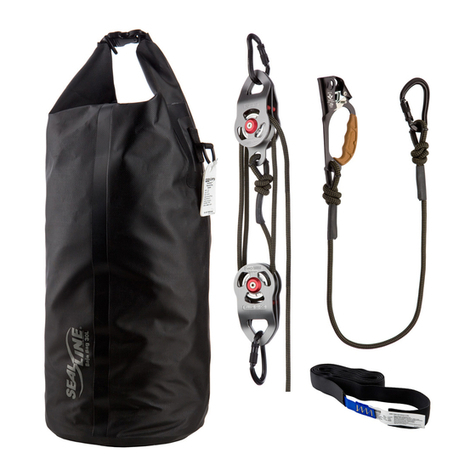
MSA
MSA Suretyman Rescue Utility System User manual

MSA
MSA SavOx TR User manual
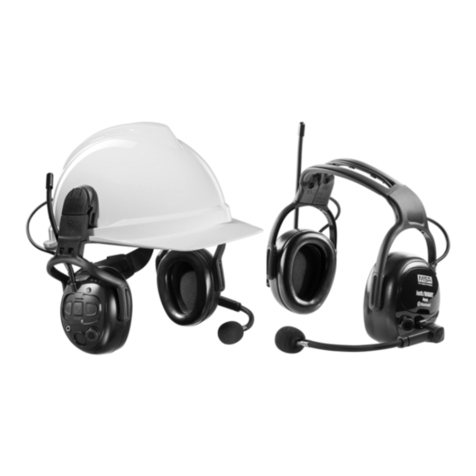
MSA
MSA left/RIGHT User manual

MSA
MSA HUB User manual
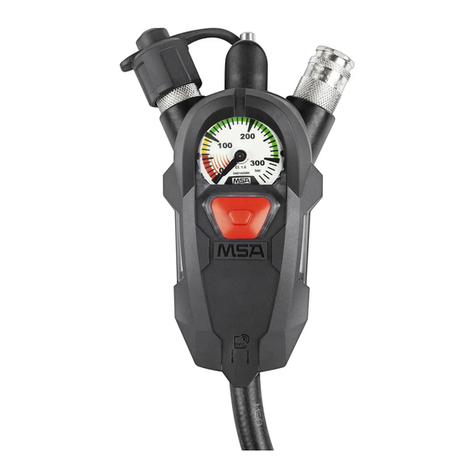
MSA
MSA SingleLine SCOUT User manual
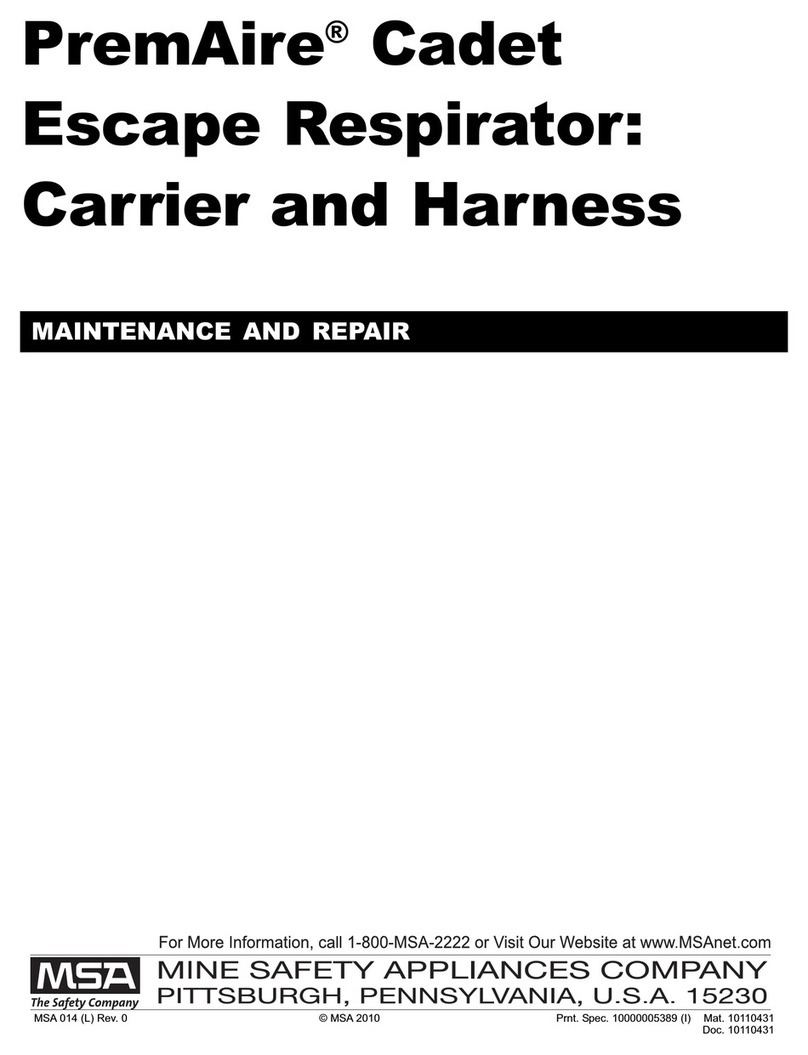
MSA
MSA PremAire Cadet Escape Respirator Setup guide
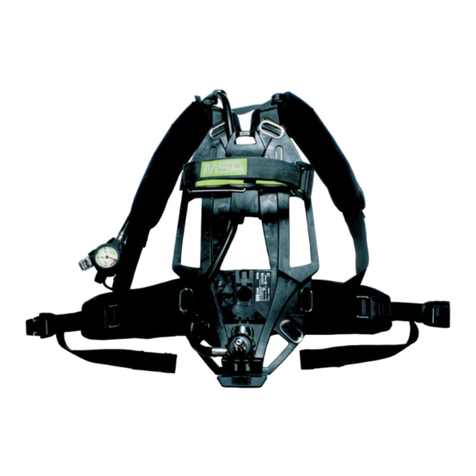
MSA
MSA SCBA Basic Apparatus AirGo User manual
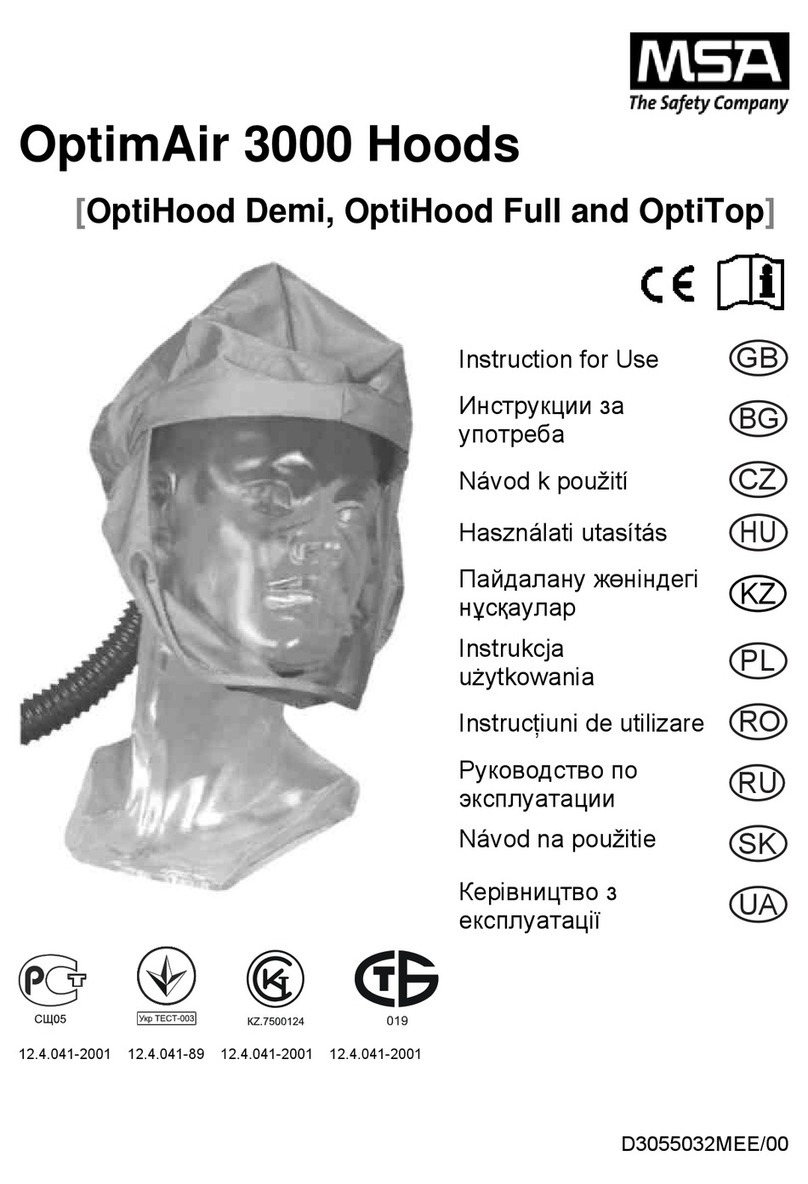
MSA
MSA OptimAir 3000 User manual
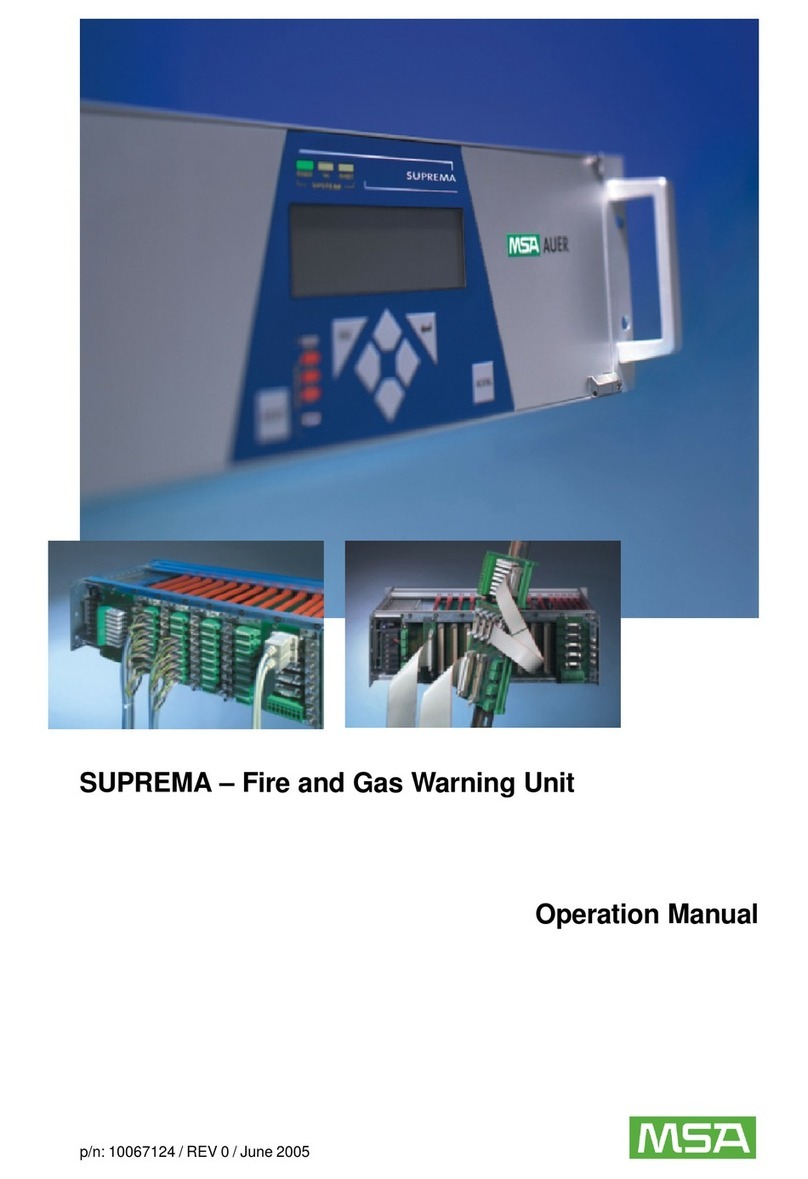
MSA
MSA SUPREMA User manual
Popular Safety Equipment manuals by other brands
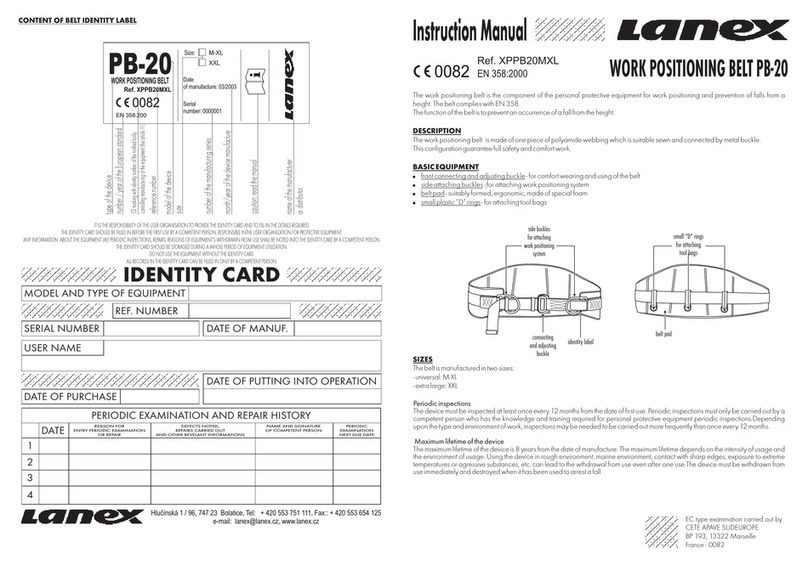
Lanex
Lanex PB-20 instruction manual
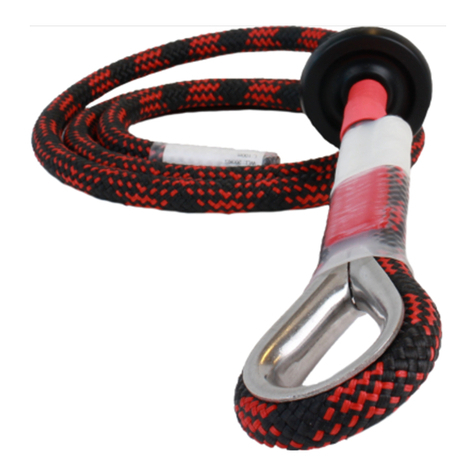
SKYLOTEC
SKYLOTEC ANCHOR ROPES Instructions for use

Besto
Besto Buoyancy Aid 50N Instructions for use

TEUFELBERGER
TEUFELBERGER NODUS Manufacturer's information and instructions for use

Troy Lee Designs
Troy Lee Designs Tbone Product owners manual
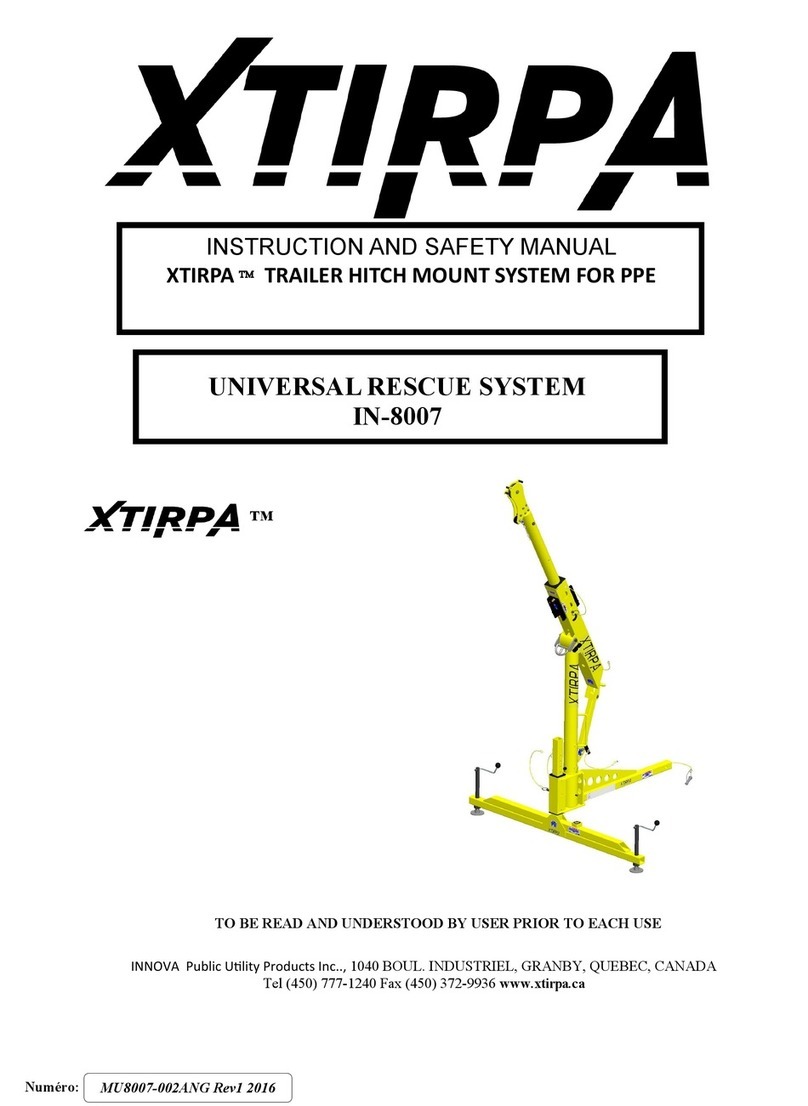
Innova
Innova Xtirpa Instruction and safety manual

bolle SAFETY
bolle SAFETY B810 quick start guide
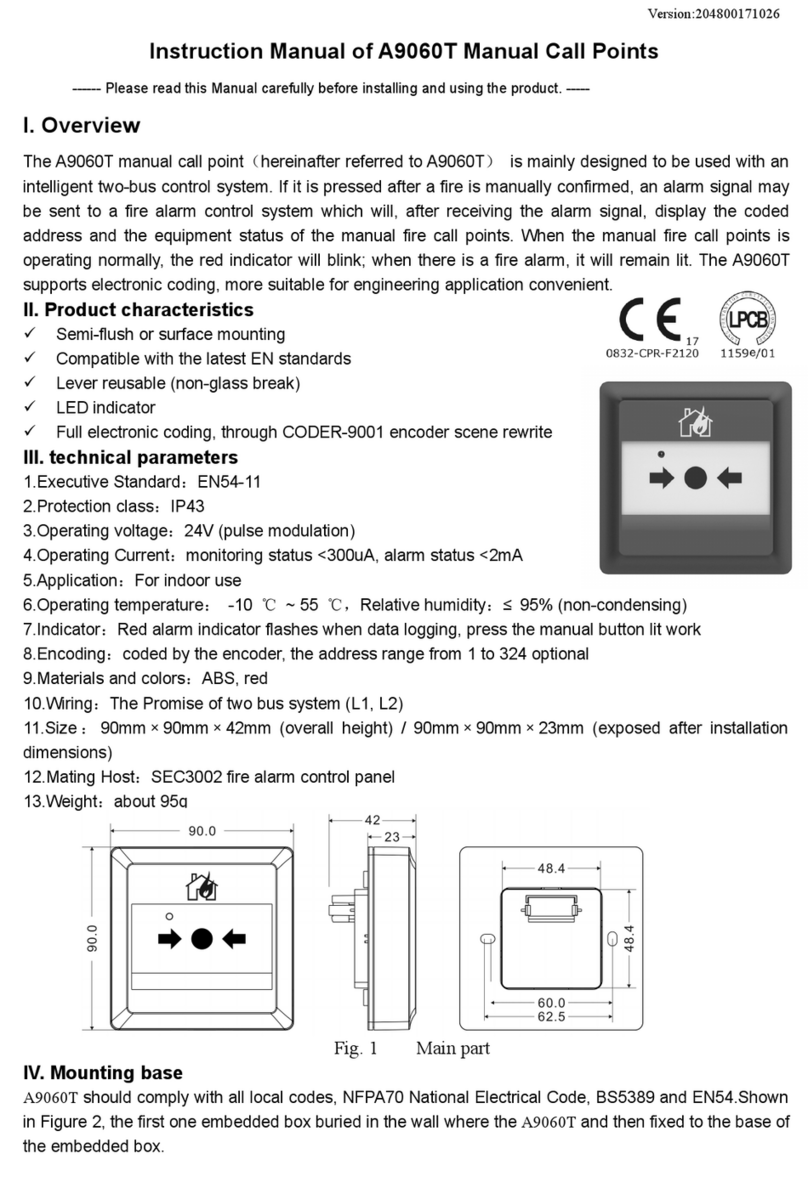
SHENZHEN FANHAI SANJIANG ELECTRONICS
SHENZHEN FANHAI SANJIANG ELECTRONICS A9060T instruction manual
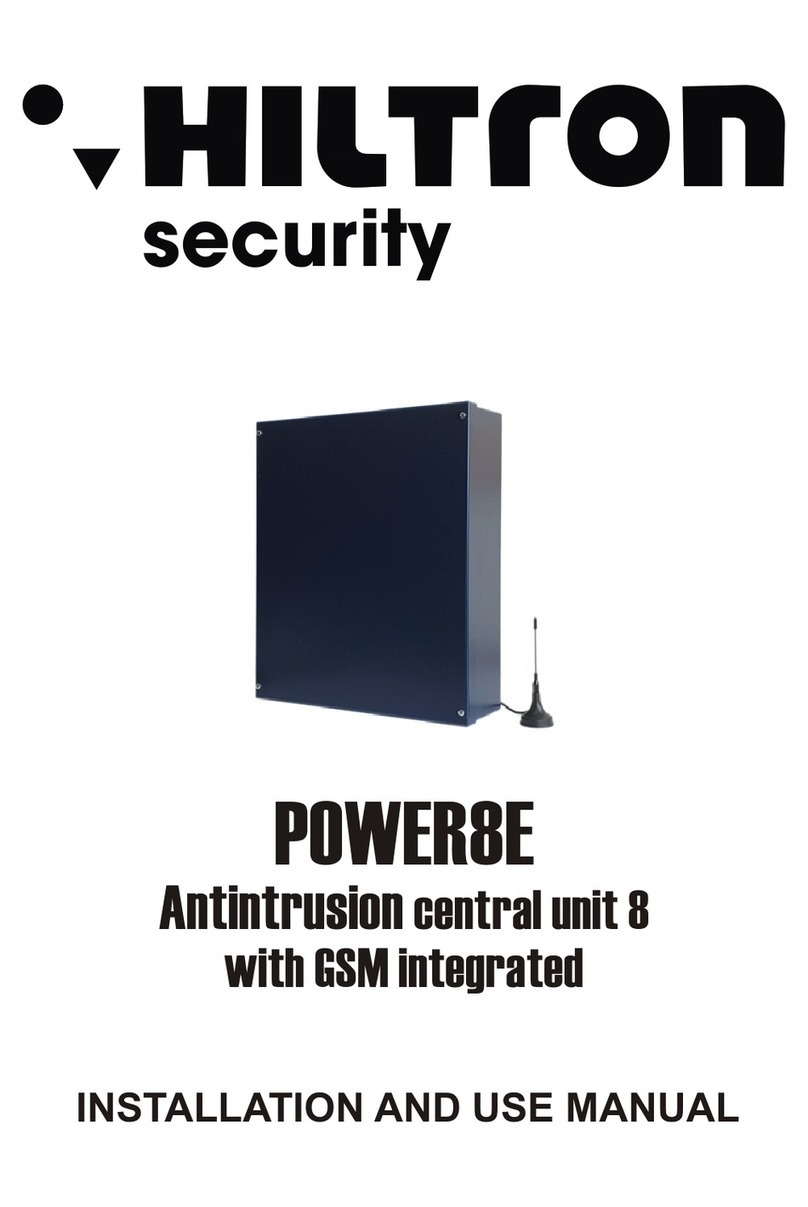
Hiltron security
Hiltron security POWER8E Installation and use manual

Salewa
Salewa MTN SPIKE user manual
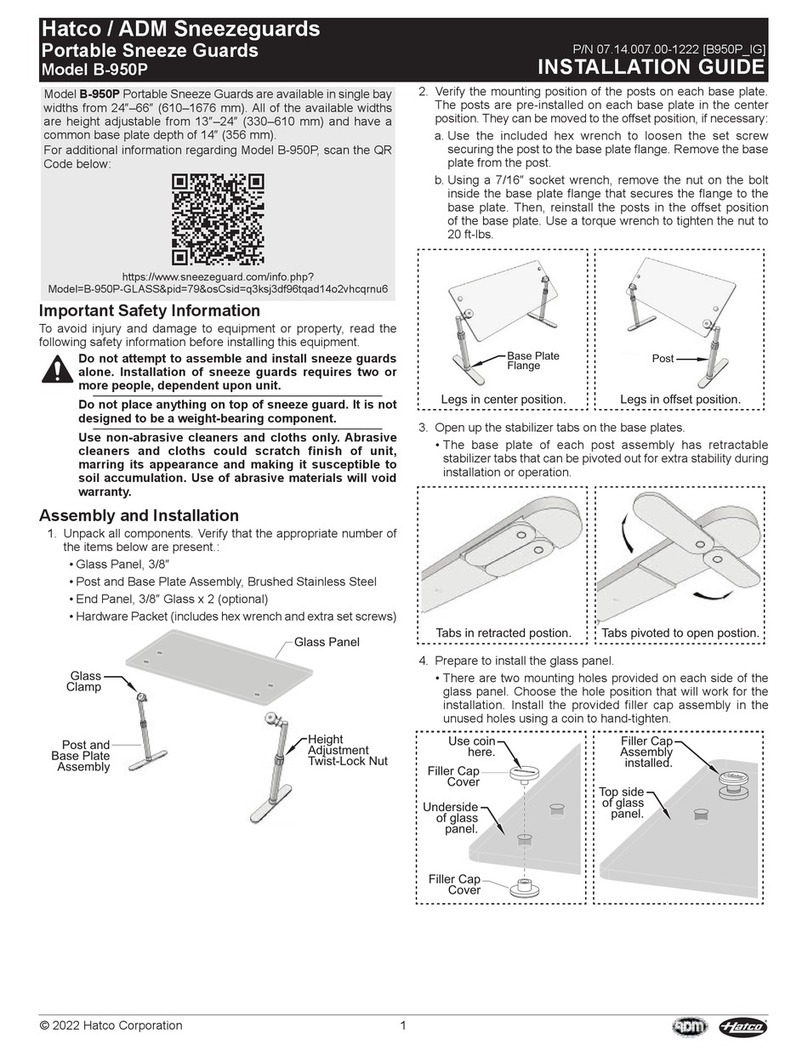
Hatco
Hatco B-950P installation guide
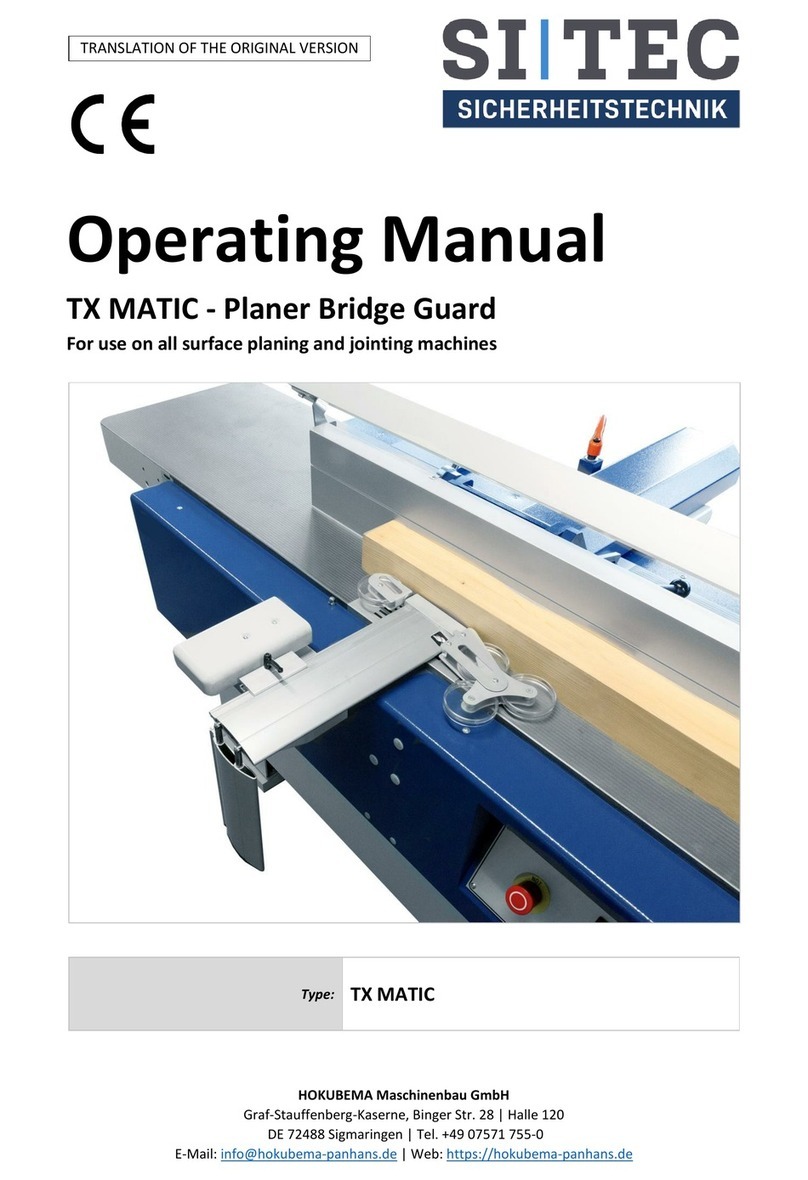
Sitec
Sitec TX MATIC operating manual
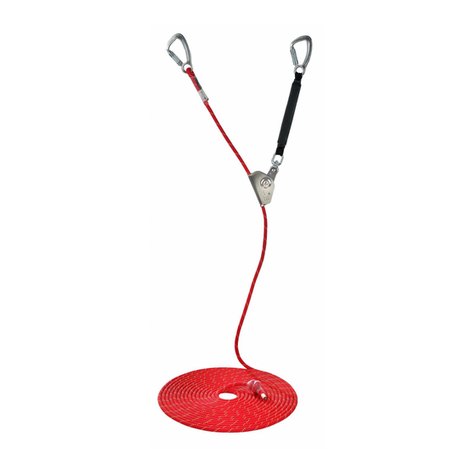
TEUFELBERGER
TEUFELBERGER GRIP 12 Manufacturer's information and instructions for use

AMC
AMC 1022M Series instruction manual

Trinity
Trinity CASS S3 Assembly manual
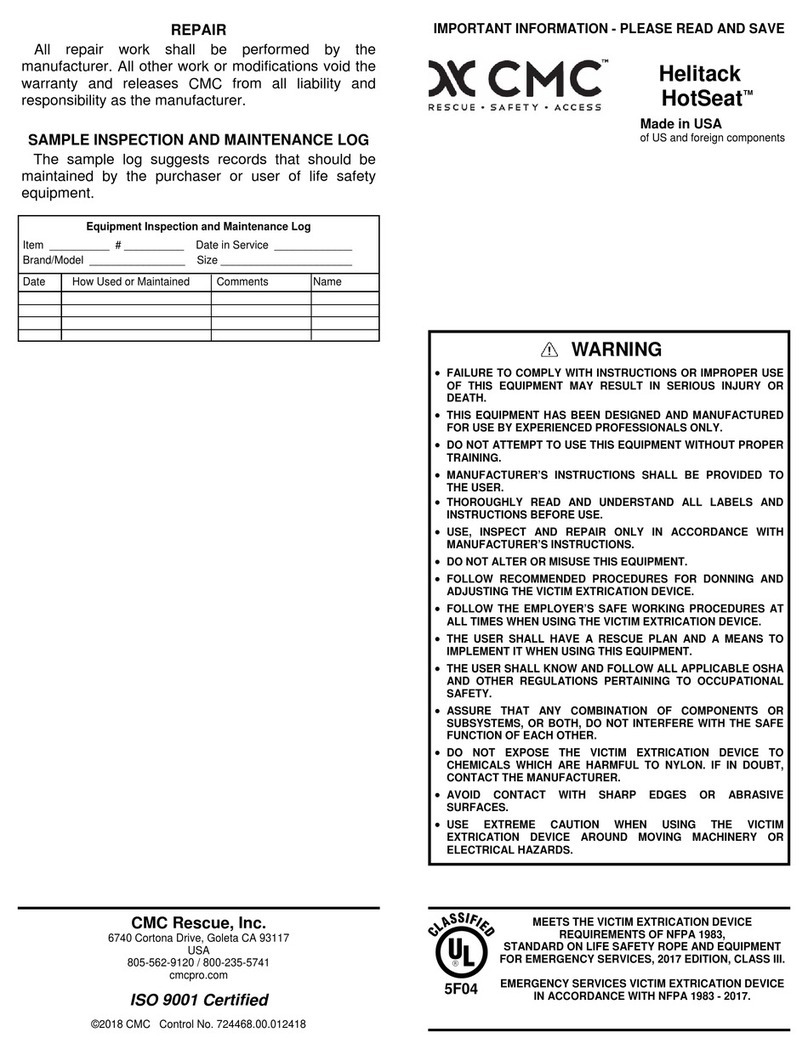
CMC
CMC Helitack HotSeat quick guide
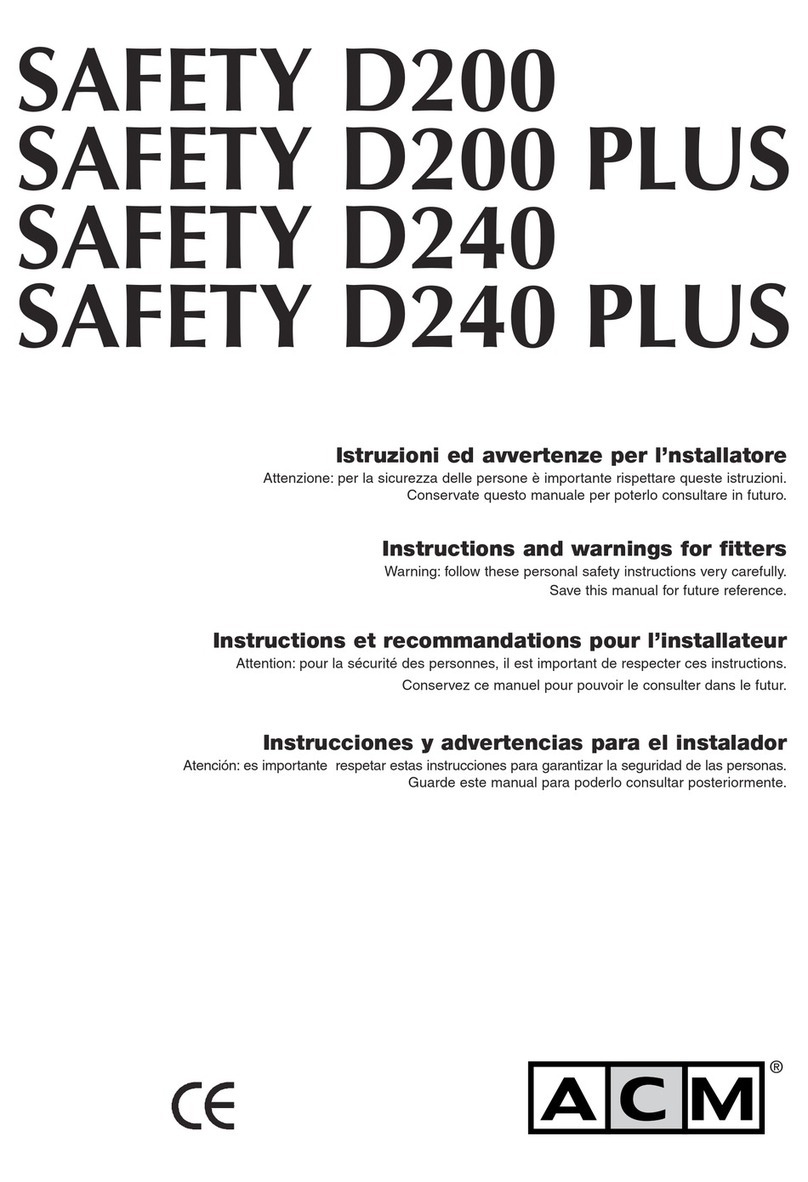
ACM
ACM SAFETY D200 Instructions and warnings

Honeywell
Honeywell Miller H-Design DuraFlex User instruction manual













